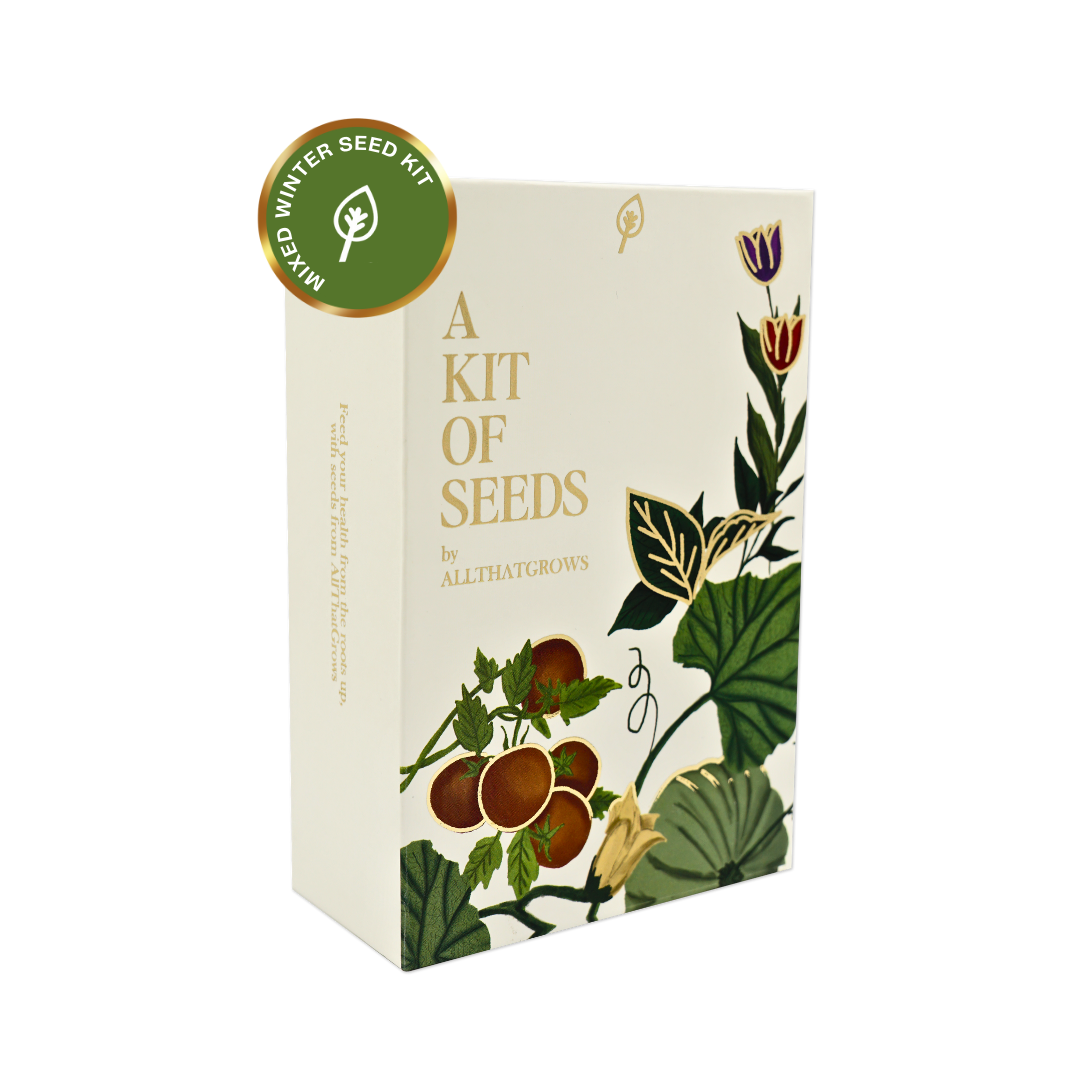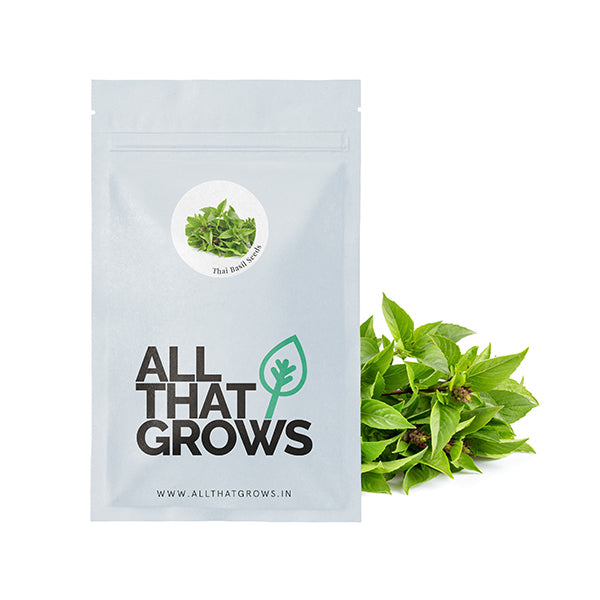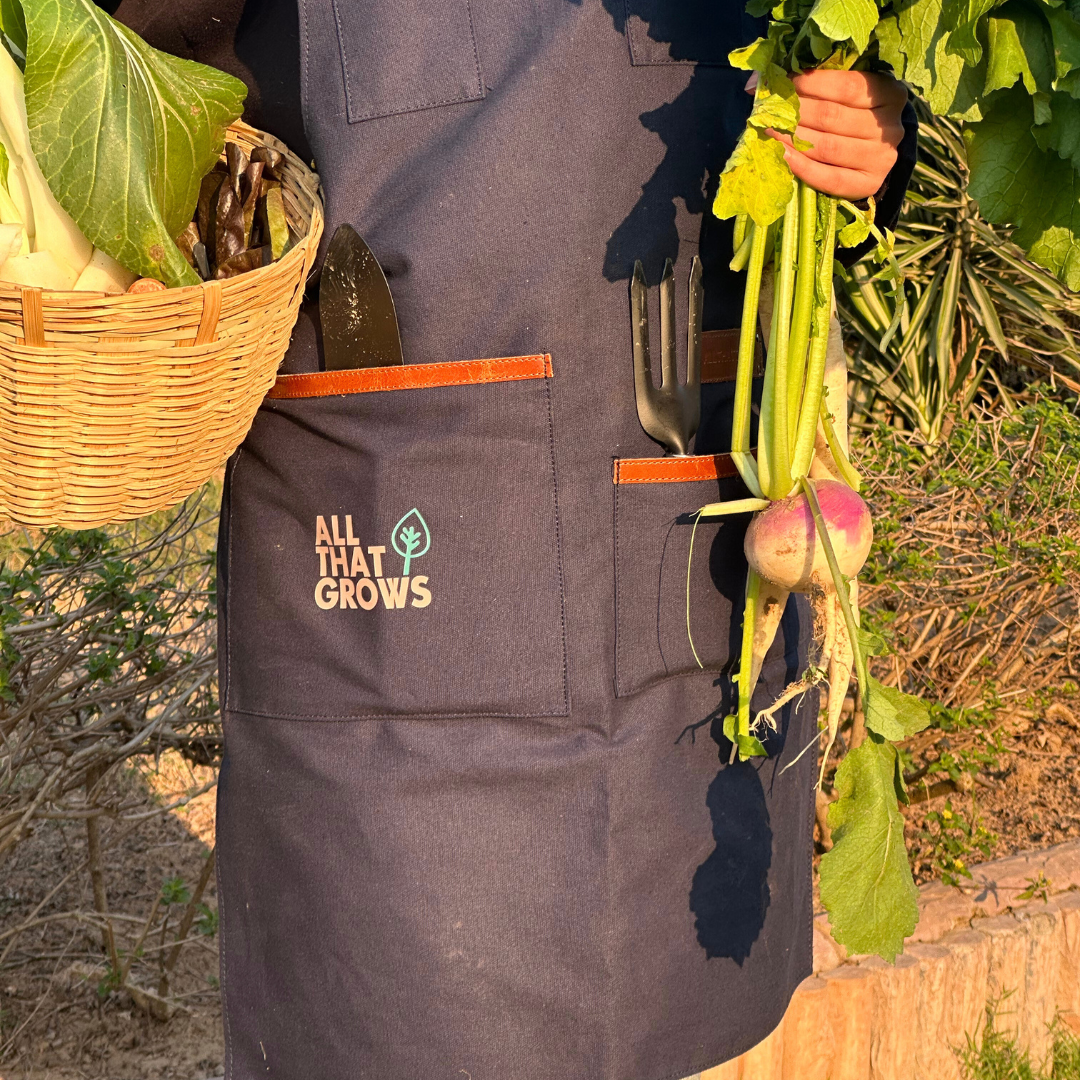Growing Lotus Flowers at Home: A Step-by-Step Guide
Previous PostLotus is one of those flowers you mostly see in the koi ponds of fancy hotels and restaurants. And it never occurs to us that we can actually grow this beautiful flower at home in our garden.
We’re here to help you with that.
The lotus (Nelumbo nucifera) is a stunning aquatic plant that has been admired for centuries. Originating in Asia, especially India and China, the lotus holds deep cultural and religious significance as a symbol of purity and renewal. Its spectacular blooms and distinctive floating leaves make it an unforgettable addition to any garden pond or water container.
Characteristics of Lotus

- Belongs to the family Nelumbonaceae
- Flowers measure 4–10 inches across
- Can thrive in water up to 60 cm deep
- Leaves are round and water-repellent
- Lotus plants are perennial and return year after year
- Their stems are edible in many Asian cuisines
- Flowers open in the morning and close by evening
How to Grow Lotus Flowers from Bulbs or Seeds

1. Preparing Lotus Bulbs (Scarification)
Lotus bulbs have a hard coating that may need gentle scarification before planting. Lightly file or sand one end until the cream-coloured flesh appears, taking care not to damage the bulb completely. After this move the scarified bulbs to a container filled with lukewarm water for better sprouting.
2. Planting
Once the bulbs have sprouted, plant germinated lotus bulbs around 5–8 cm deep in soil, with the growing tip facing upwards. You can plant them in wide containers or directly in ponds, but avoid planting too deep as it may rot the bulb.
3. Choosing the Right Soil
Lotus prefer heavy loam soil with a clay-like consistency. Avoid potting mixes with too much organic matter, as they tend to float. Plain garden soil with a bit of clay works best.
4. Spacing and Container Size
Lotus plants need space to spread. If using a container, select one at least 30–40 cm wide. In ponds, leave about 40–50 cm between plants for healthy growth.
5. Sunlight
Lotus love full sun and need at least 6 hours of direct sunlight each day to bloom properly. Place your container or pond in a bright, open spot.
6. Watering
Keep your lotus submerged in water at all times. For containers, change the water every two weeks to prevent stagnation and mosquitoes, while in ponds, natural water circulation is usually enough.
7. Fertilising
Feed lotus plants after a month of growth, using slow-release fertiliser tablets suitable for aquatic plants. Apply monthly through the growing season, but avoid fertilising during dormancy.
8. Maintenance of Lotus Plants
Regularly remove dead leaves and faded flowers to keep plants healthy. Watch out for pests like aphids and caterpillars, and diseases such as root rot and fungal spots. In containers, you might also need to top up water more frequently during hot weather.
Harvesting Lotus Flowers

Cut lotus flowers early in the morning, when buds are just beginning to open. Place them immediately in fresh, clean water. Change the water every two days and trim stems slightly to prolong vase life, helping your blooms stay fresh for up to a week indoors.
Frequently Asked Questions About Growing Lotus

Is soil required to grow lotus flowers?
Yes, lotus plants need heavy clay or loam soil to root properly.
Can I grow lotus flowers in containers?
Yes, wide containers without drainage holes work best.
Do I need to change the water regularly?
Change water once a week or whenever it looks dirty. Overflowing the container or pond will also do the trick.
How deep should I plant lotus bulbs?
About 3–4 cm deep is ideal.
Can lotus grow in partial shade?
They really need full sun to bloom well.
What kind of fertiliser is best?
A slow-release aquatic fertiliser like compost tea works best after the plant is established.



















Leave a comment